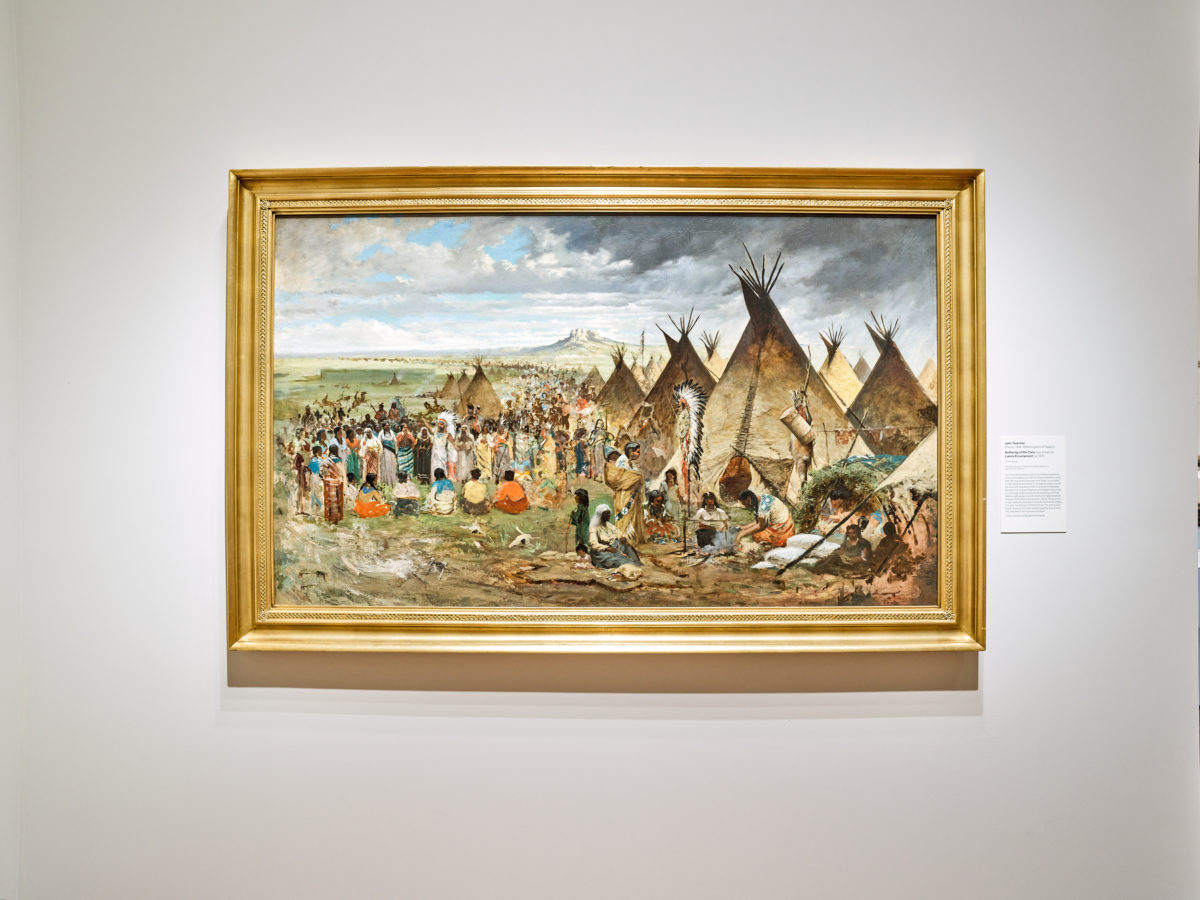The Fine Arts Museums of San Francisco (the “Museums”) reminds readers of the exclusive West Coast presentation of Jules Tavernier and the Elem Pomo. On display through April 17.
The exhibition steps into the 1870–1880s, a period when white settlers continued to claim and mine lands in California and the West that had been inhabited by Indigenous populations for thousands of years.
During this time, landscape painter Jules Tavernier journeyed across the United States, portraying the ceremonies and gatherings he witnessed in the Indigenous homelands and the awe-inspiring beauty of the contested landscapes. Through his compositions and the accounts of Native art historians and cultural practitioners, the exhibition broadens perspectives on the West and highlights the resilience of Indigenous populations.
“Jules Tavernier and the Elem Pomo is a timely exhibition that brings alternative perspectives to narratives that have dominated the interpretation of American history and art from this period,” states Thomas P. Campbell, director and CEO of the Fine Arts Museums of San Francisco. “With insights added from the Elem Pomo community, Tavernier’s Dance in a Subterranean Roundhouse at Clear Lake, California reveals a more complex story of a moment in time, bringing to light the impact that Western expansion had on the Elem Pomo community in Northern California and highlighting the resilience and significant heritage of this community.
Jules Tavernier and the Elem Pomo has special resonance for Robert Geary, Elem Pomo tribal citizen and ceremonial roundhouse leader, who states: “Through this exhibition I hope to educate the world about the beauty of my people and my village. The Elem Xe-xwan (ceremonial roundhouse) still exists today with the ceremonies and the Elemfo (Elem people) whom Tavernier painted in 1878.’”

